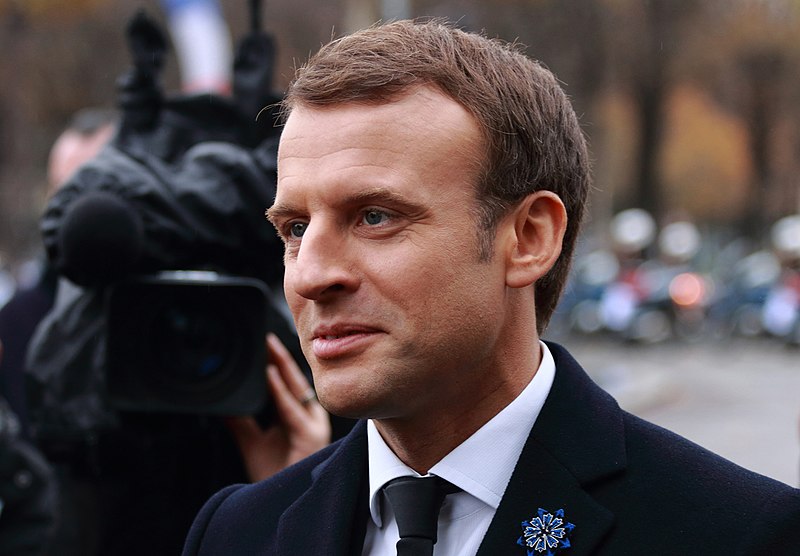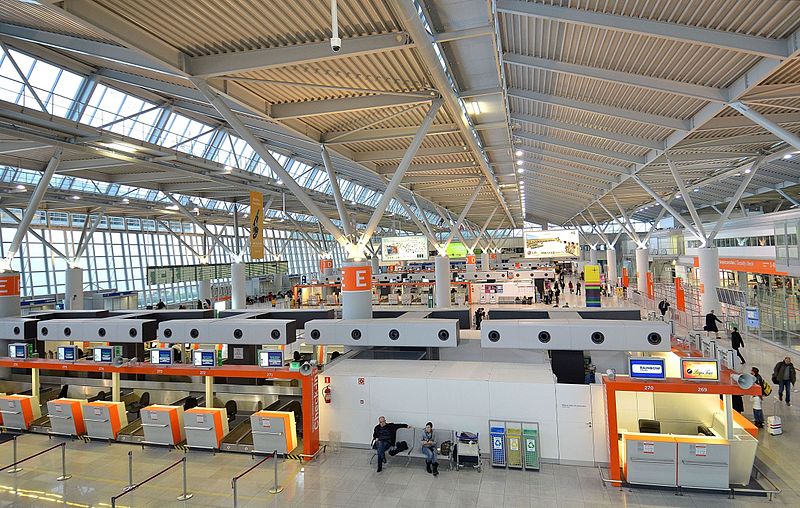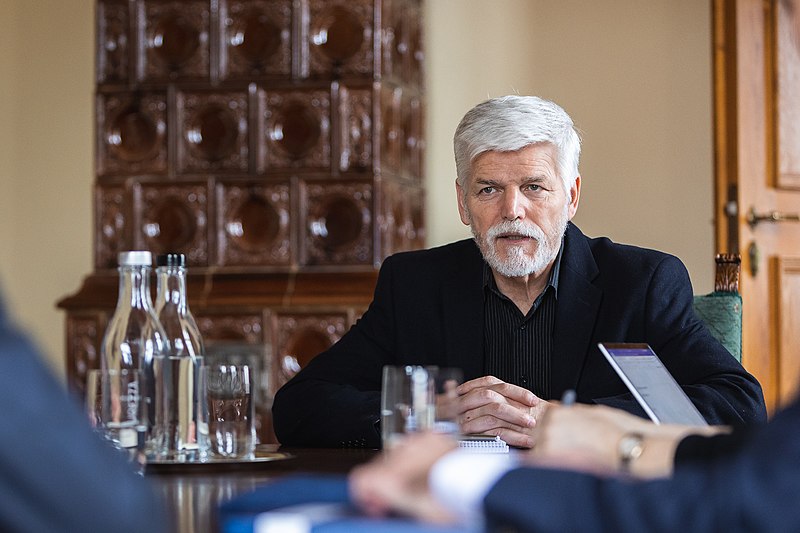c.2014 New York Times News Service
The port of Varna on the Bulgarian Black Sea coast was supposed to be the gateway for a major new pipeline, directly connecting Europe to Russia’s vast natural gas supplies. Now the project has stalled, as Bulgaria finds itself torn between the European Union and Russia in the escalating conflict over Ukraine.
In early June, European officials demanded that the Bulgarian government halt work on the pipeline, saying it breached the region’s rules.
Soon after, a delegation of senators, including Ron Johnson, R-Wis.; John McCain, R-Ariz.; and Chris Murphy, D-Conn., met with Bulgaria’s prime minister to raise concerns about the project and the influence it gives Russia. They also criticized a pipeline contract awarded to a Russian company sanctioned by the United States. At a joint news conference later, Prime Minister Plamen Oresharski announced that Bulgaria would block the pipeline, called South Stream.
“What gives Vladimir Putin his power and control is his oil and gas reserves and West and Eastern Europe’s dependence on them,” Johnson said in an interview. “We need to break up his stranglehold on energy supplies. We need to bust up that monopoly.”
The energy industry, with its interconnected web of corporate, government and economic interests, is proving a crucial pressure point in the Ukraine crisis. While sanctions by the United States and Europe have hit a few top figures in Russia’s oil and gas business — and have complicated matters for multinational energy giants — Europe’s dependence on Russia for gas is widely viewed as limiting the scope of the West’s response.
The South Stream pipeline is the biggest energy project caught in the political crossfire.
Dreamed up by Gazprom and Italian oil giant Eni in 2007, the proposed pipeline would snake about 2,400 kilometers, or roughly 1,500 miles, from southern Russia via the Black Sea to Bulgaria, Serbia, Hungary and ultimately Austria. When completed, the pipeline could handle about 60 billion cubic meters of natural gas a year, enough to allow Russian exports to Europe to largely bypass Ukraine.
Gazprom and Russia want to have a free hand to deal with Ukraine without a reprise of previous pricing disputes in 2006 and 2009 that left some European countries without heat in the middle of winter. But the pipeline would also consolidate Russia’s position as the dominant gas supplier to Europe, blocking competing projects and potentially increasing the Kremlin’s leverage in energy politics. Last year, Russia supplied about 30 percent of the gas consumed in the European Union.
“South Stream definitely improves energy security,” said Massimo Di Odoardo, an analyst at Wood Mackenzie, an Edinburgh-based market research firm. “But it also increases dependency on Russia.”
Even without the backdrop of the Ukraine conflict, the pipeline has raised concerns.
For one, it will not be cheap. The European segments of the pipeline are expected to cost more than 16 billion euros, or about $22 billion. Bringing the gas from the grid in Russia to the Black Sea coast is likely to require billions more.
Given the high price tag, it is not clear whether the project makes economic sense. The countries where the pipeline would run are relatively small gas consumers, while big industrialized countries like Germany, France and Italy have numerous alternatives for the fuel. And Europe’s overall appetite for gas has been in decline because of weak economic growth and heavy investment in renewable energy sources like solar and wind.
“It is a very expensive landline to markets that may not be all that lucrative,” said Cliff Kupchan, a Russia specialist at Eurasia Group.
But South Stream — along with another undersea pipeline already in use, Nord Stream — are integral to Russia’s pipeline politics. The two pipelines would allow Russia to export natural gas to Western Europe along routes that largely bypass former Soviet republics and satellite states.
This would mean that in a price dispute, such as the current one with Ukraine, Gazprom could halt supplies to some countries without risking an interruption of the flow to its big customers in the West, like Germany. Today, Ukraine or other transit states can always retaliate against a politically tinged gas cutoff by closing the taps on Russia’s exports to Western Europe, with potentially devastating consequences for Russia’s economy.
Nord Stream, which runs undersea from Russia to northern Germany, started transporting gas in 2011 and has already sharply cut the amount of gas that comes through Ukraine. The steady flow has helped calm the markets during the current crisis.
“Two pipelines are better than one, three pipelines are better than two and four pipelines are better than three,” said Gerhard Roiss, chief executive of the Austrian energy company OMV, a Gazprom customer and a partner on the segment of the pipeline planned for Austria.
The European Union, which has been trying with little success for years to ease its members’ dependence on Russian energy imports, is raising warning flags. Complex negotiations will be required to bring South Stream into compliance with European energy market rules, but the tensions have frozen talks between Russia and the union.
The Ukraine crisis “has slowed down our progress on South Stream considerably,” Günther Oettinger, Europe’s top energy official, said last month. “We can’t just give in to the Russians every time.”
(STORY CAN END HERE. OPTIONAL MATERIAL FOLLOWS.)
Bulgaria, home to the first onshore piece of the South Stream project in the European Union, is a logical place for authorities to focus their ire.
The country’s political leaders gave their blessing to the pipeline plan. The 3.5 billion euro project, they said, would create thousands of jobs, bolster the construction industry and lead to an economic revival of the northern part of the country, one of the poorest regions in Europe. The first gas was supposed to start flowing next year.
Eleven groups bid on the project, with companies from Austria, Belgium, Germany, India, Italy, Japan, Russia and Sweden vying for the contract. On May 25, South Stream announced the winner of the Bulgarian section, a consortium led by the Russian construction company Stroytransgaz.
“The consortium won it due to its offer of best conditions, including the price as well as the quality,” a Stroytransgaz spokeswoman, Elizaveta Philippova, said in a emailed comment.
European authorities asked the Bulgarian government to delay construction on the local segment of the pipeline. The European Union said the project did not conform to rules designed to maintain a competitive energy market, including requirements that other suppliers be allowed access to pipelines like South Stream. The union also objected to recent Bulgarian legislative efforts to exempt the offshore segments of the pipeline from these regulations.
“Our Russian partners know all about our legislation,” said Oettinger. “They just don’t accept it.”
The deal also rankled U.S. officials, since both Stroytransgaz and its principal owner, Gennady Timchenko, had been sanctioned by the United States.
For years, financial analysts in Moscow have questioned whether Stroytransgaz and related entities that build pipelines for Gazprom, the state-controlled energy company, have been used to siphon money from Gazprom to company and government insiders. The company is tightly connected with the business and government elite in Moscow. The United States has identified Timchenko, who became wealthy during Russia’s oil boom, as part of Putin’s inner circle.
Timchenko’s involvement may stoke fears that South Stream is a vehicle for increasing Russian influence over Bulgaria and other countries along its route. Choosing a sanctioned entity may also prevent U.S. companies from participating in the project.
“We are deeply concerned with Bulgaria’s recent decision to award the contract for the construction of the South Stream pipeline to Stroytransgaz,” Marcie B. Reis, the U.S. ambassador to Bulgaria, said in a statement last month. “Now is not the time for business as usual with Russia.”
The decision by the prime minister to stop the project has stirred dissent in his shaky coalition, with Dragomir Stoynev, the economy and energy minister, saying last month that South Stream was “irreversible.” A debate on the project is likely to play a significant role in the election campaign expected this year. The ruling socialist party is still solidly behind the project, while the right-leaning opposition, its top opponents, say they will tear up the contract with Stroytransgaz.
“These gentlemen are in the middle of pressure from Moscow and Brussels,” said Ognyan Minchev, a political analyst in Sofia, referring to the political leadership.
Despite all the uncertainty, South Stream’s momentum may be hard to reverse, according to industry analysts and company executives.
In recent days, huge quantities of steel pipes specially forged to withstand substantial pressure arrived from Russia at the Bulgarian Black Sea port of Burgas. The pipe is slated for the segment of South Stream that will run underwater for 900 kilometers from Anapa, Russia, to Varna, Bulgaria, and that will cost more than 10 billion euros.
“South Stream is a moving train, and it will take a lot to stop it,” said Trevor Sikorski, an analyst at Energy Aspects, a London research firm.




